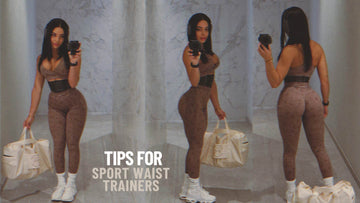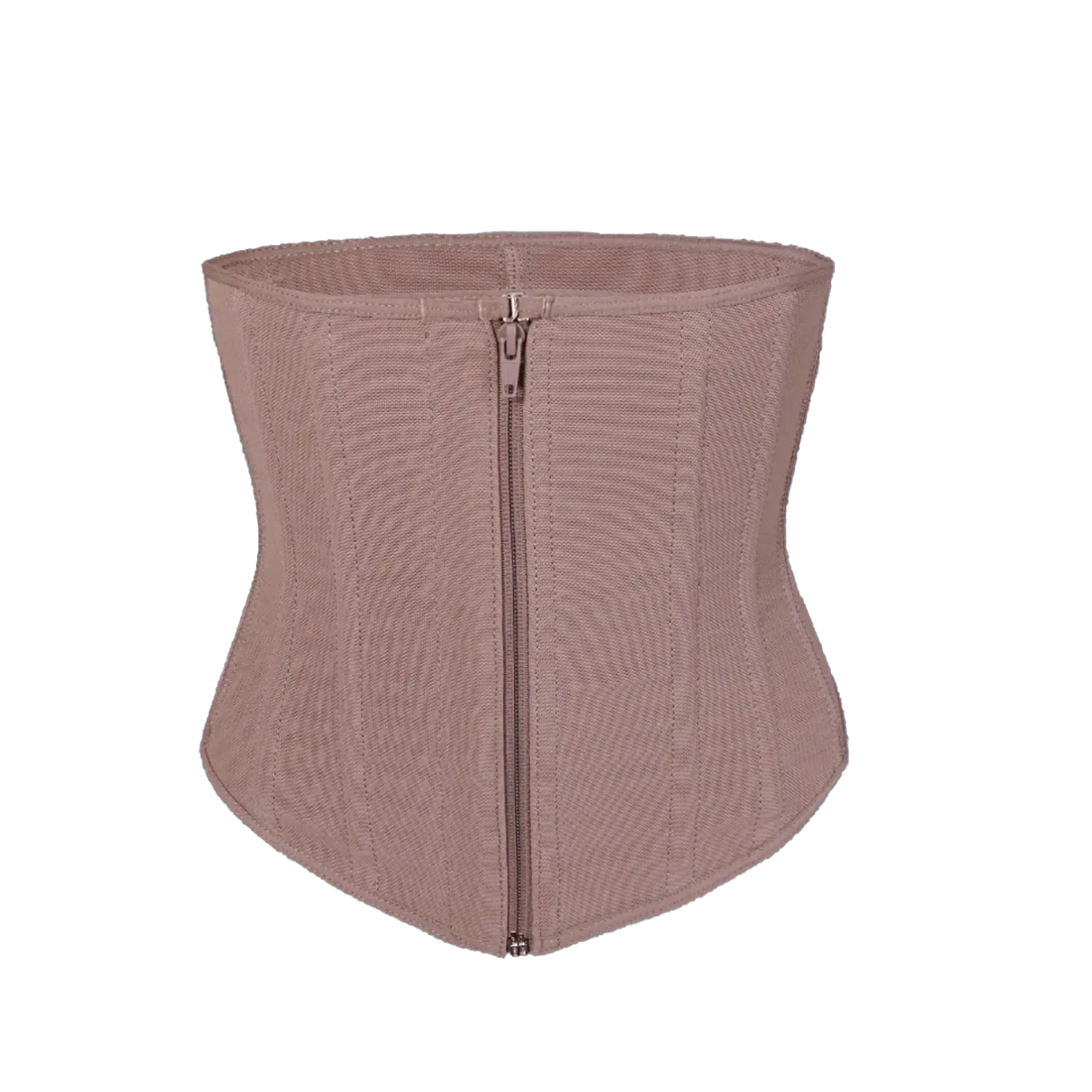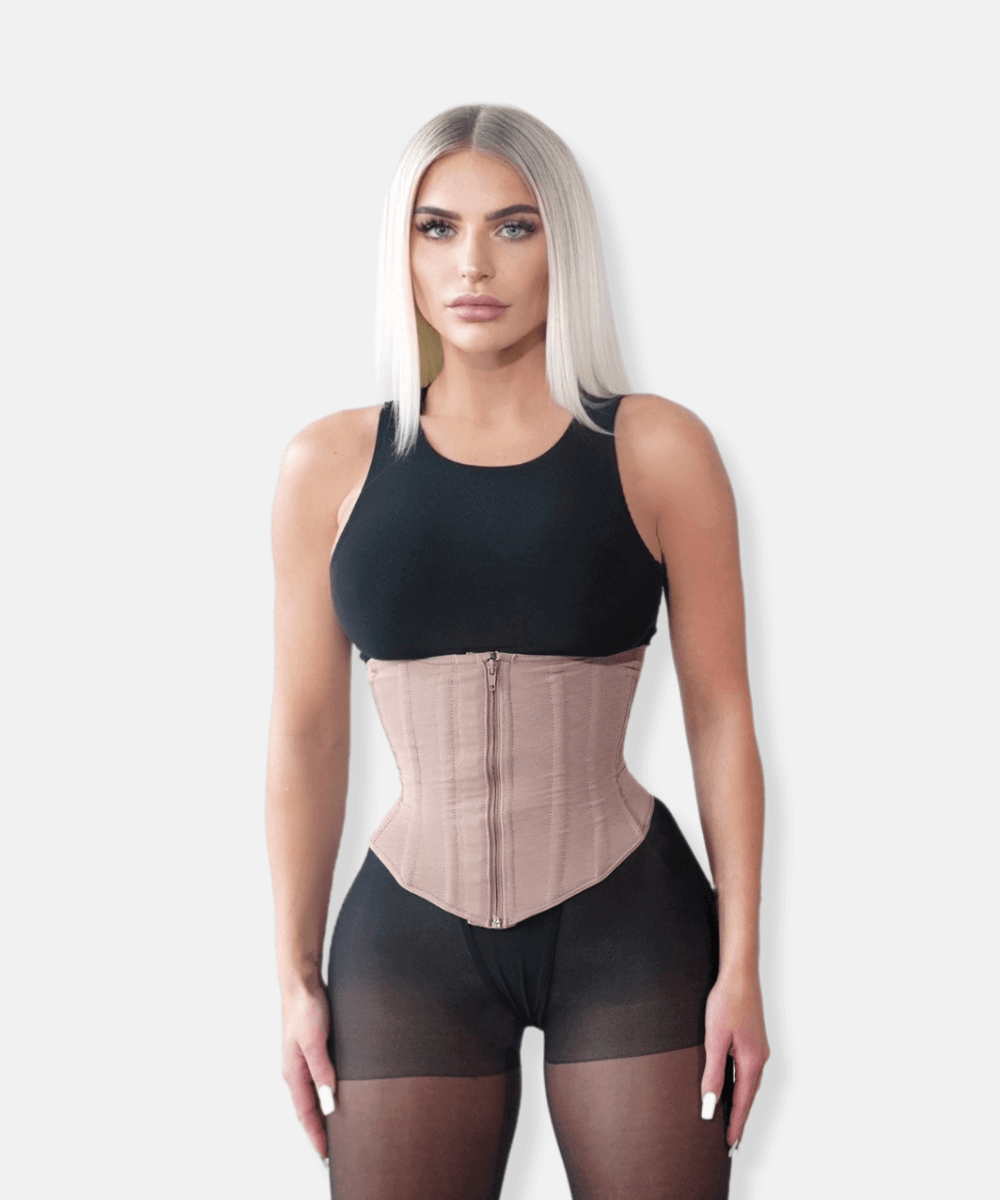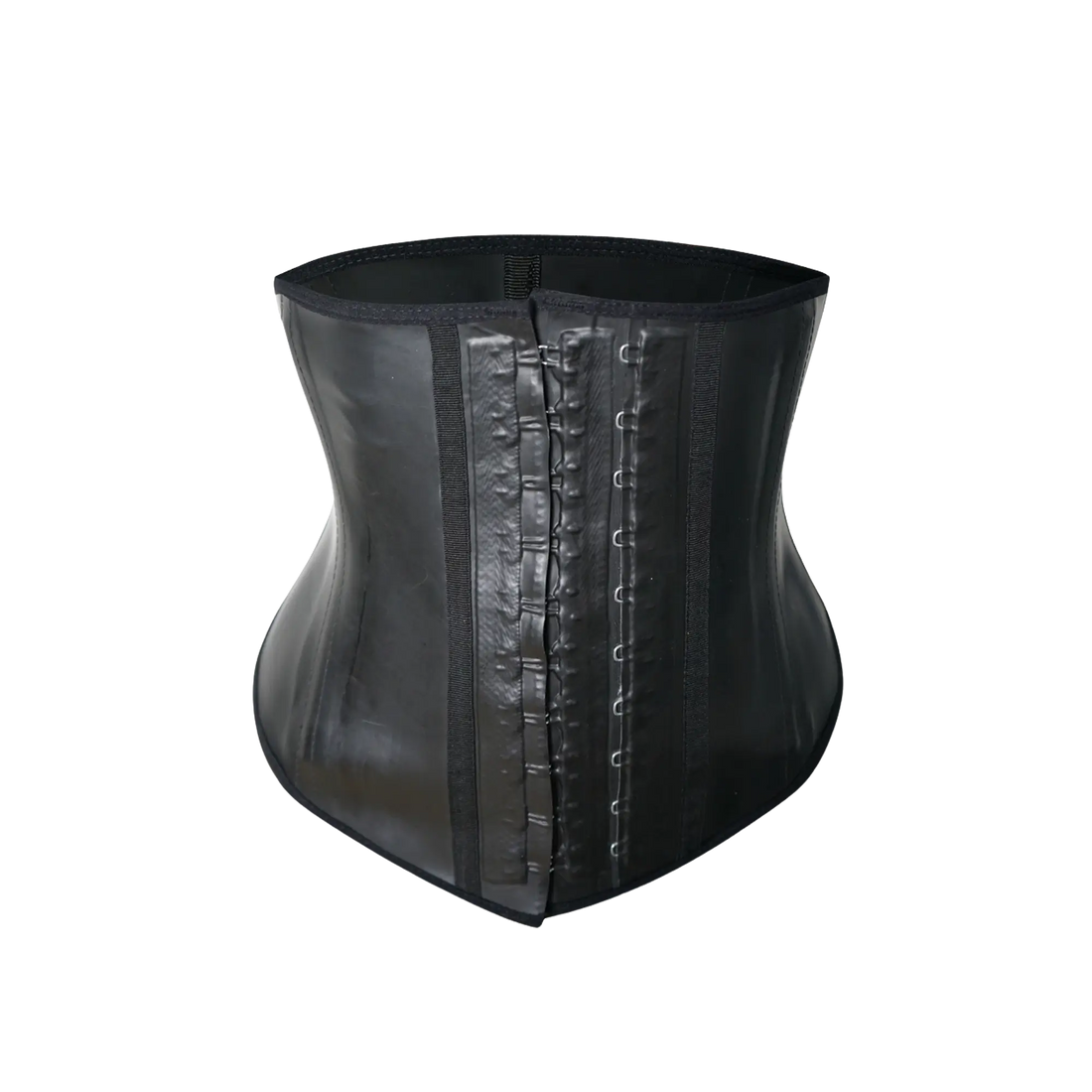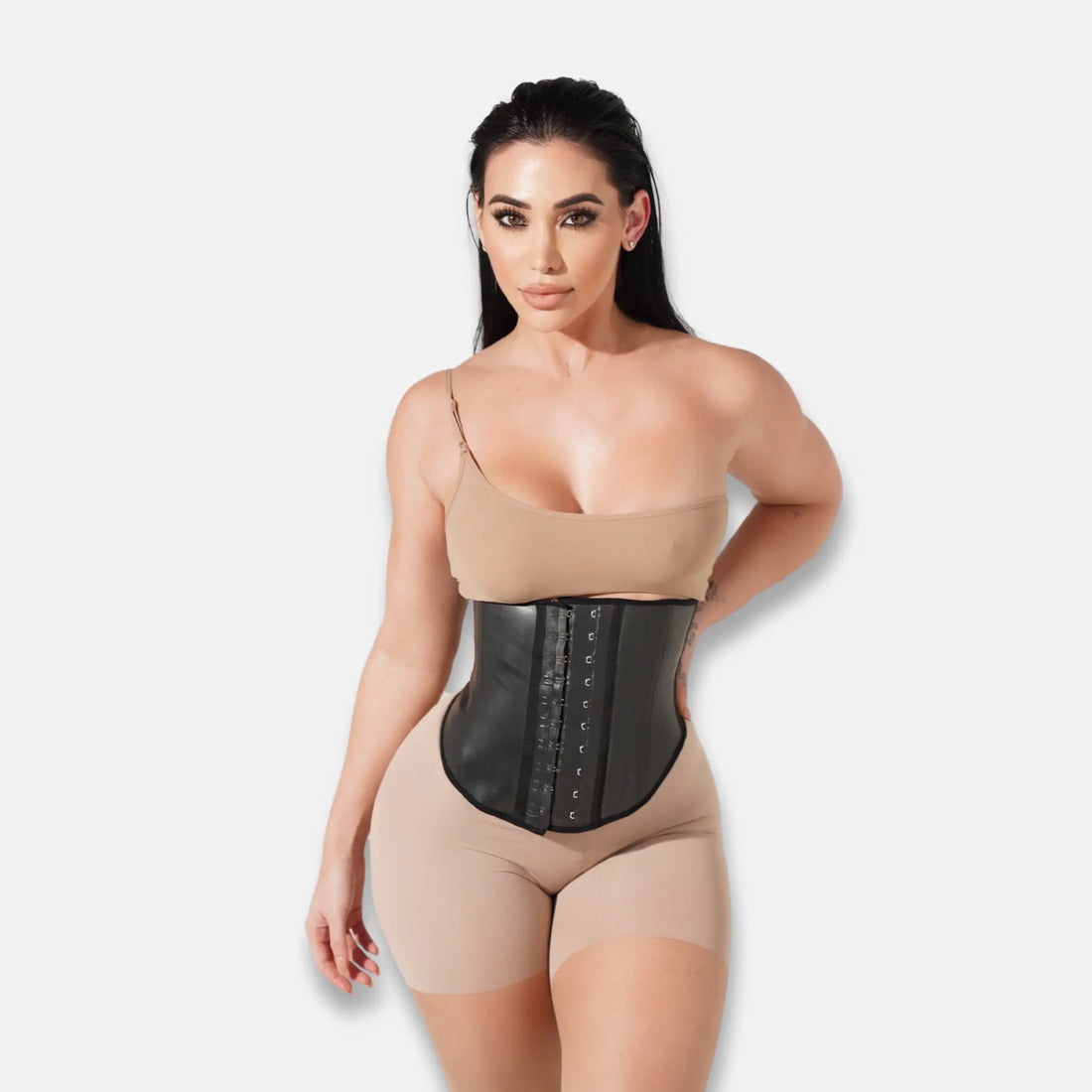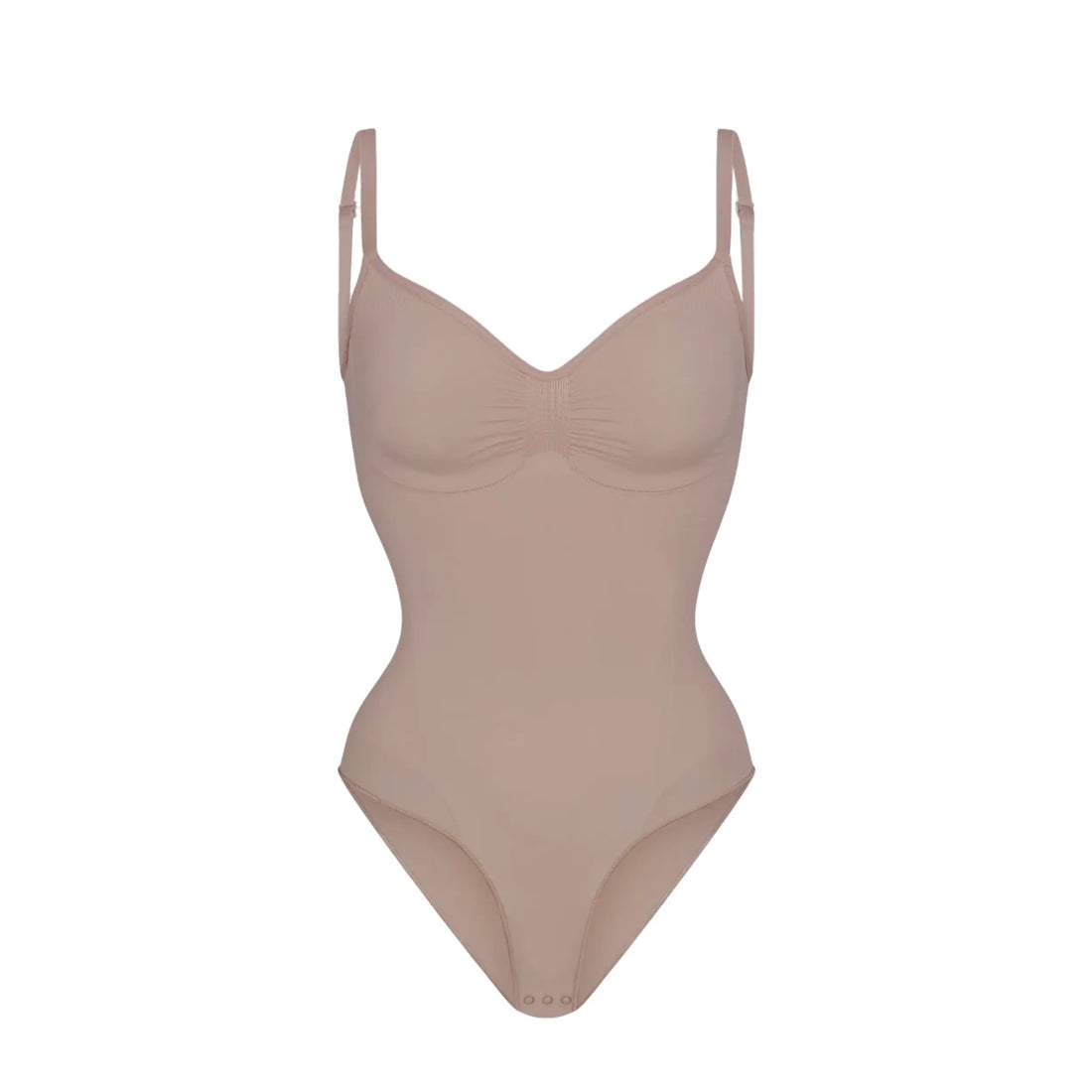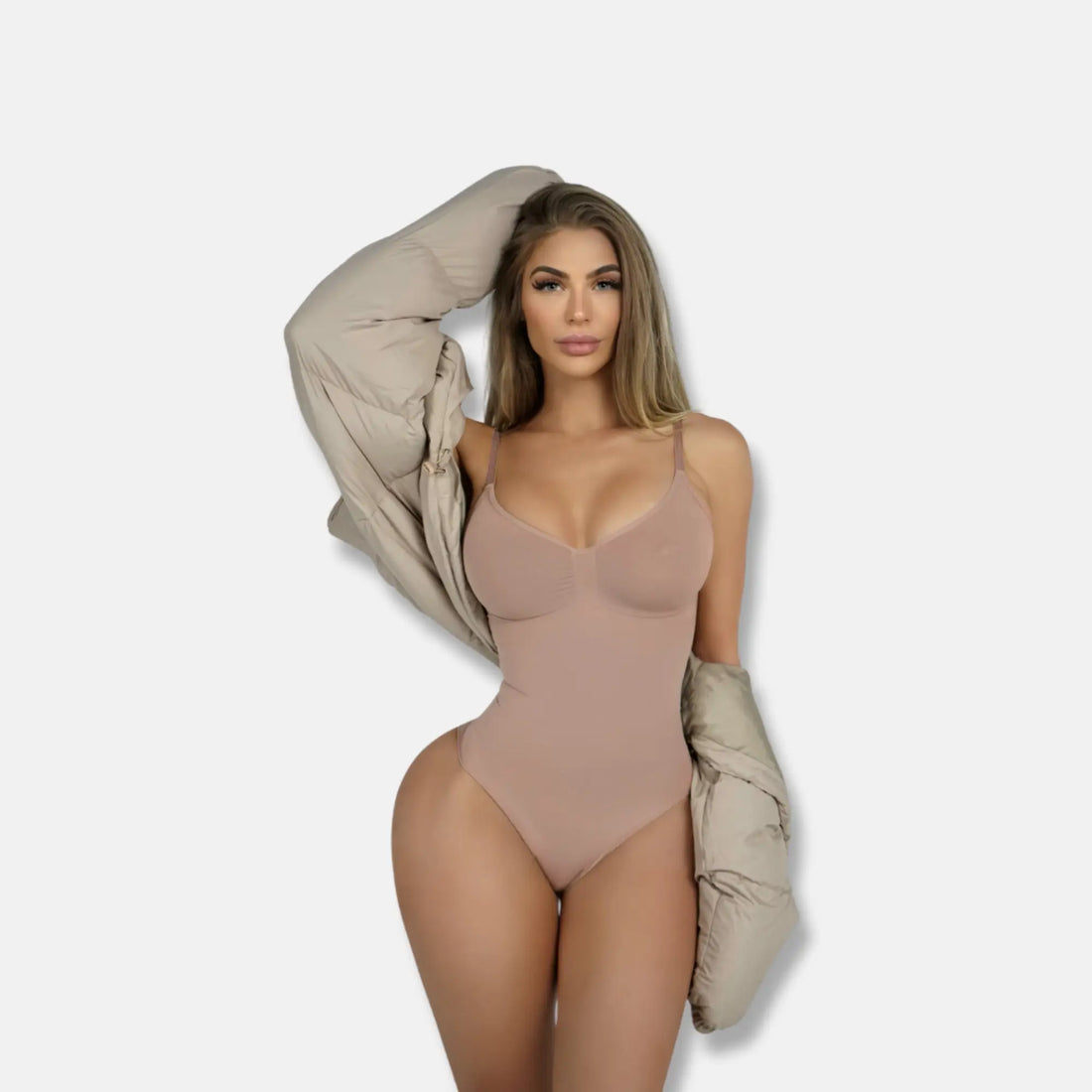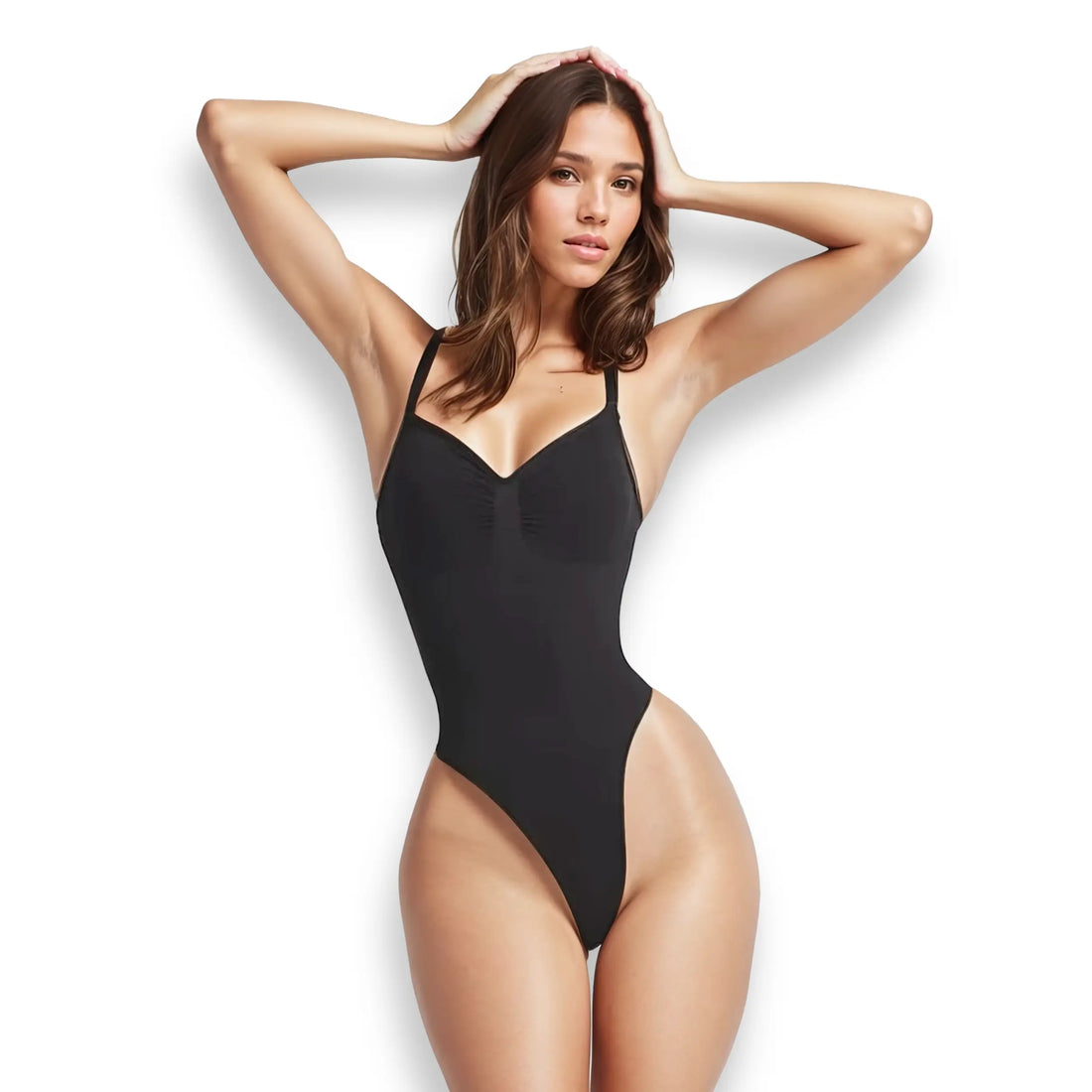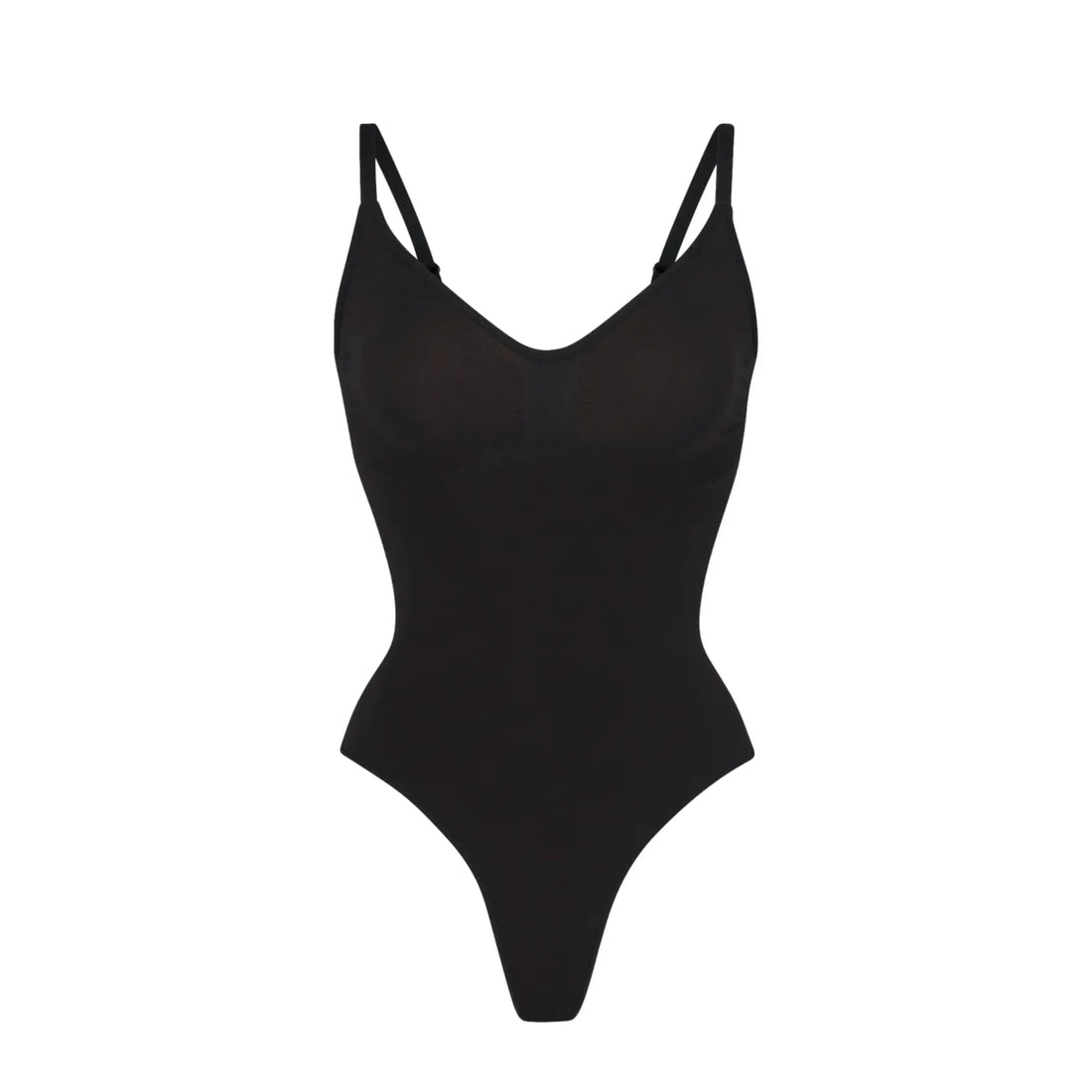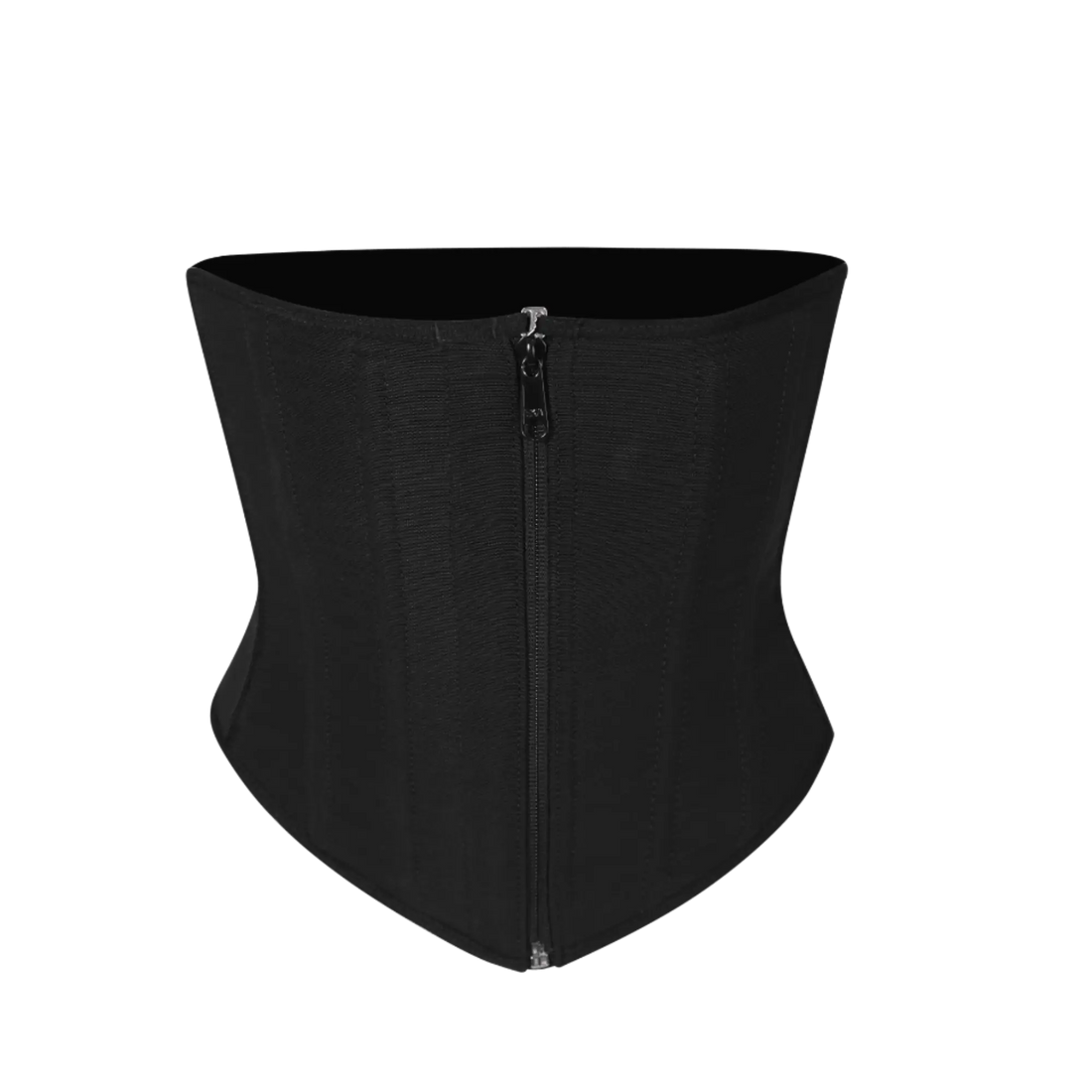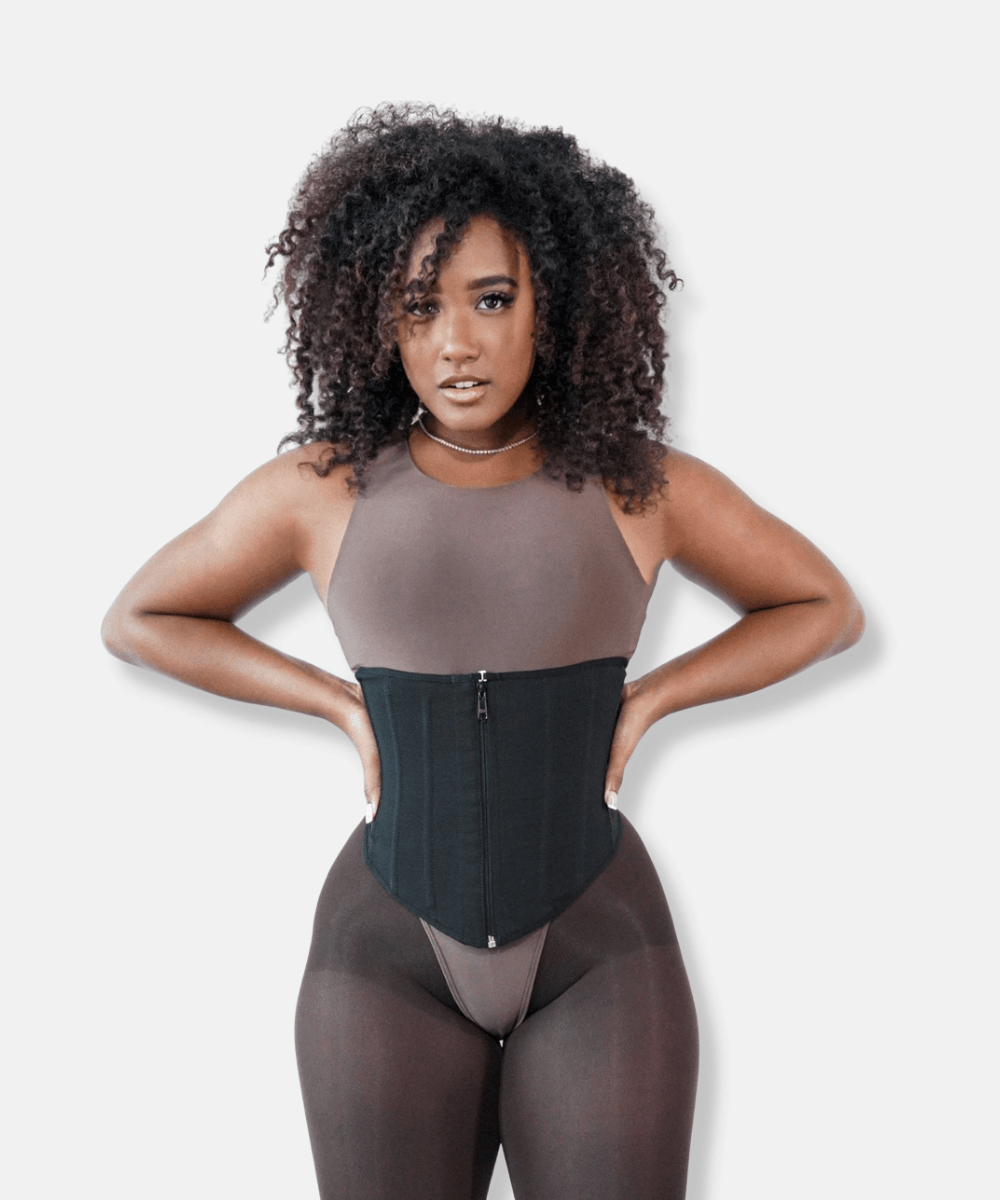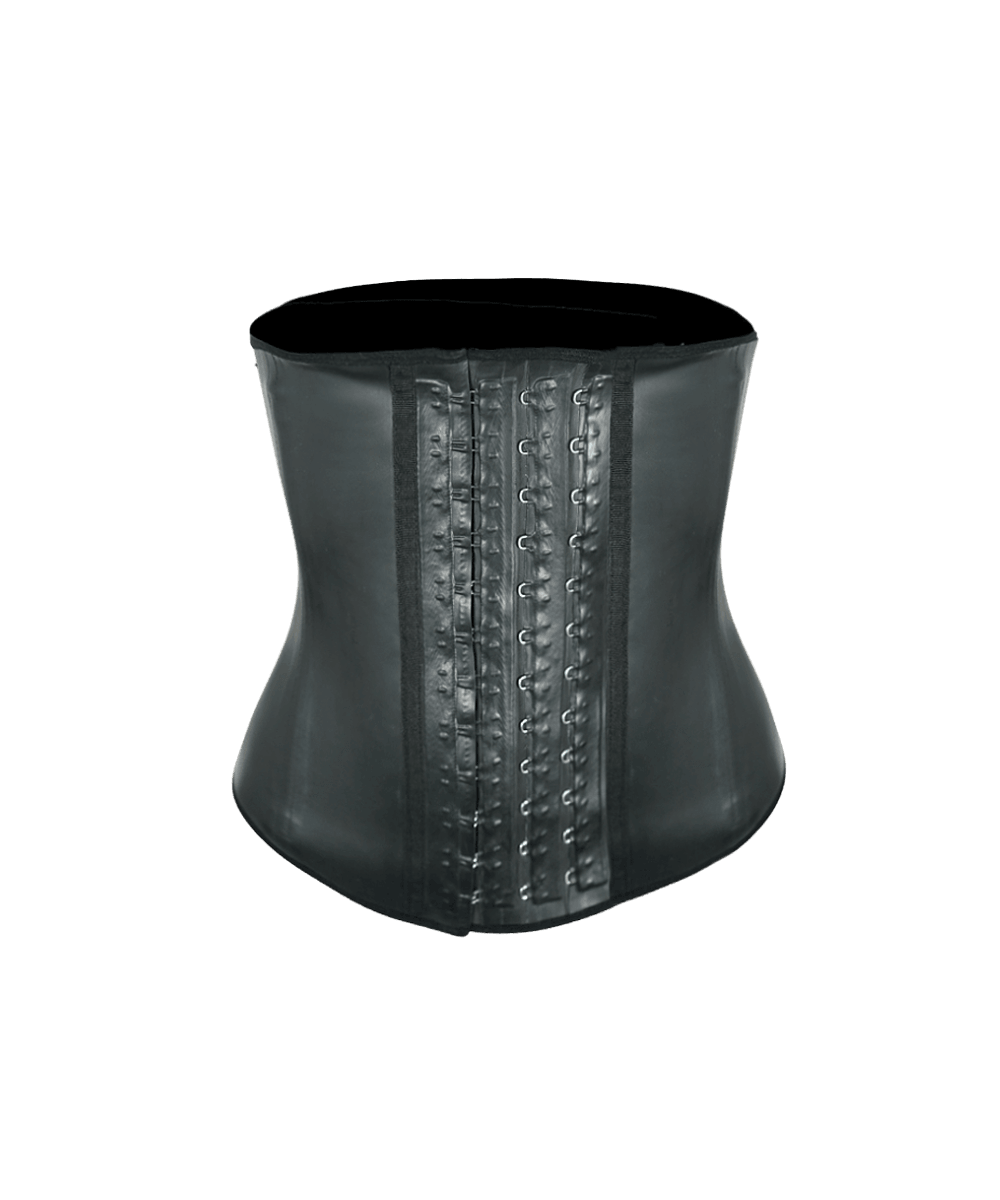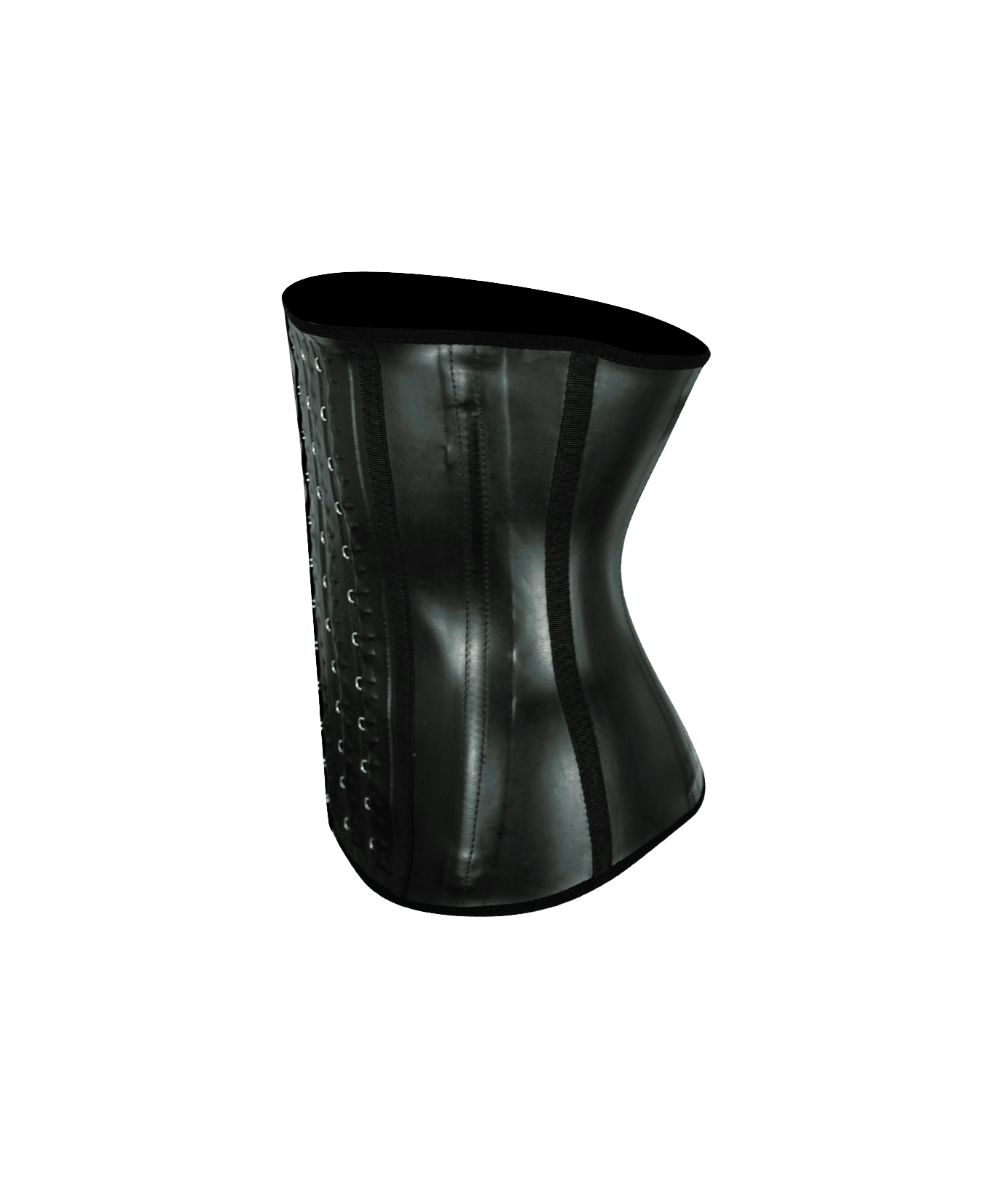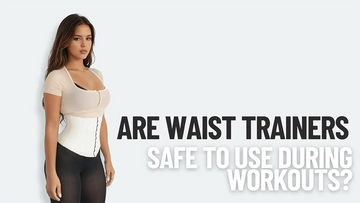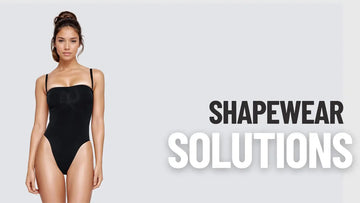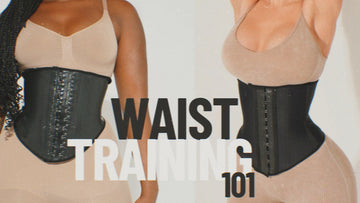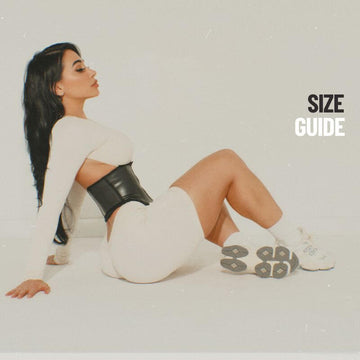Choosing the right sport waist trainer can make a significant difference in your fitness journey. With so many options available, it can be overwhelming to find the perfect fit. In this blog, we’ll walk you through seven essential tips to help you make an informed decision.
1. Consider Your Fitness Goals
Before choosing a sport waist trainer, it’s essential to identify your fitness goals. Whether you’re looking to enhance your workouts, support your core, or achieve a slimmer waistline, knowing your goals will guide you to the right choice. If your primary aim is to intensify your exercise regimen, you’ll want a waist trainer designed for high-performance activities. These often come with reinforced construction to handle rigorous movements. On the other hand, if you’re looking to trim your waist or wear the trainer casually, you might prefer a lighter, more flexible option that prioritizes comfort.
Understanding your fitness goals also helps narrow down the features you need. For instance, if you’re a runner, you’ll need a waist trainer that offers minimal restriction and enhances your range of motion. Weightlifters might look for additional lumbar support to maintain proper form during heavy lifts. Yoga enthusiasts could opt for a trainer that provides core stability without hindering flexibility. The clearer you are about what you want to achieve, the easier it becomes to find a waist trainer that fits your specific needs.
It’s also worth considering how frequently you’ll use the waist trainer. If you plan to wear it daily, comfort should be a top priority. Look for a model that’s designed for extended wear and won’t cause irritation. For occasional use, you might sacrifice a bit of comfort for enhanced performance features. Balancing your fitness goals with practical usability ensures that your waist trainer will be a beneficial addition to your routine rather than an uncomfortable burden.
2. Know Your Body Type
Understanding your body type is crucial in selecting a waist trainer that fits well. Different trainers cater to various body shapes, so it’s important to choose one that complements your natural curves for optimum comfort and effectiveness. If you have a naturally hourglass shape, you’ll find that most waist trainers will fit comfortably. However, if your body type is more athletic or pear-shaped, you might need a trainer that offers more customizability to ensure a snug yet comfortable fit.
Taking accurate measurements of your waist, hips, and bust can guide you in finding the perfect fit. Most brands provide sizing charts that require these measurements, helping you choose the correct size. Don’t rely on your typical clothing size; waist trainers are designed to fit differently. A poor fit can lead to discomfort and reduced effectiveness, so take the time to measure accurately or even seek professional advice.
It can also be helpful to try on several different models if possible. What works for one person may not work for another, even if they share similar body types. Many sports shops or specialty fitness stores offer fitting services, where you can test out different waist trainers and receive guidance from trained staff. This hands-on approach can eliminate a lot of guesswork and ensure that you leave with a product that feels right for you.
3. Check Material and Breathability
The material of the waist trainer can affect your comfort level during workouts. Look for trainers made from breathable fabrics that wick away moisture to keep you cool and comfortable. Materials like latex and neoprene are popular for their durability and snug fit. However, these materials may not be the best for those with sensitive skin or allergies, so it’s crucial to consider hypoallergenic options as well.
Breathability is equally important, especially if you plan to wear the waist trainer for extended periods or during high-intensity workouts. Fabrics that promote ventilation help to prevent overheating and excessive sweating, which can lead to skin irritation and discomfort. Mesh panels or perforated designs can enhance airflow, making the waist trainer more comfortable to wear.
Don’t underestimate the importance of internal lining materials. Some waist trainers come with cotton or other soft linings that are gentle on the skin. This can be especially beneficial if you have a tendency to experience chafing or rashes. A well-designed waist trainer will balance external durability with internal comfort, ensuring you can focus on your workout without distractions.
4. Evaluate Compression Levels
Waist trainers come with varying levels of compression. Depending on your fitness routine, you may need a trainer with high compression for intense workouts or lighter compression for everyday wear. High compression waist trainers are designed to provide maximum support and help with posture, making them ideal for weightlifting or high-impact sports.
On the other hand, lighter compression waist trainers are more suitable for low-impact activities like yoga or walking. They offer enough support to define the waistline and encourage proper form without being overly restrictive. If you’re new to waist training, starting with a lighter compression can help you gradually adjust to the sensation without causing discomfort or discouraging consistent use.
It’s also useful to look for adjustable options that allow you to modify the compression level as needed. This flexibility can be particularly advantageous if your workout routine varies in intensity or if you plan to wear the trainer throughout different stages of your fitness journey. Adjustable trainers, often equipped with multiple hook-and-eye closures or adjustable bands, can provide a more personalized fit and accommodate changes in body shape over time.
5. Consider Closure Types
The type of closure on a waist trainer can affect its ease of use and adjustability. Hook-and-eye closures, Velcro, and zipper options each offer different benefits, so choose the one that suits your preferences and needs. Hook-and-eye closures are commonly found and allow for incremental adjustments to ensure a snug fit. They are generally more secure, but can take a bit longer to fasten.
Velcro closures are often favored for their convenience and ease of adjustment. They are quick to put on and take off, making them ideal for those who incorporate waist training into their busy schedules. However, Velcro can wear out over time, especially if used frequently, so it might not be the best option for long-term use.
Zippers provide a sleek look and can be easier to manage for some users. They are typically strong and secure, ensuring the waist trainer stays in place during strenuous activities. However, the fixed sizing of zippers means they offer less flexibility for adjustments compared to hook-and-eye or Velcro closures. Consider your lifestyle and how you’ll be using the trainer to determine which closure type will be most practical and comfortable for you.
6. Look for Additional Features
Some sport waist trainers come with extra features like boning for added support or latex for increased sweating. Consider these additional features based on what will best support your fitness routine. Boning can help improve posture and provide extra support during weightlifting or core exercises. This feature ensures that the waist trainer remains in place and maintains its shape, even during the most intense workouts.
Latex waist trainers are known to promote increased sweating, which can enhance calorie burning and potentially speed up weight loss. However, latex can also be less breathable and more likely to cause skin irritation, so weigh these pros and cons carefully. If you opt for a latex trainer, consider alternating it with one made from a different material to give your skin a break.
Other features to look for include adjustable straps for a more customized fit, or pocket designs for added convenience during workouts. Some waist trainers also have dual-layer designs, with an inner layer for moisture-wicking and an outer layer for compression. These additional elements can enhance the overall functionality of the waist trainer and make it more versatile for different types of exercises.
7. Read Reviews and Testimonials
Finally, take the time to read reviews and testimonials from other users. This can provide valuable insights into the comfort, durability, and effectiveness of different waist trainers, helping you make an informed decision. Look for reviews that come from users with similar fitness goals and body types, as their experiences will likely be more relevant to your own.
Pay attention to both positive and negative feedback. Positive reviews can highlight the key benefits and features, while negative comments can alert you to potential issues or drawbacks you might not have considered. It’s important to remember that no product is perfect, but consistently repeated praise or complaints can guide you to the most balanced option.
Many websites also feature detailed testimonials that delve into the long-term use of waist trainers. These can provide a more comprehensive view of how the product performs over time, allowing you to gauge its longevity and sustained effectiveness. Additionally, look for before-and-after photos, which can offer visual proof of the waist trainer’s potential impact on body shape and posture. Gathering this information will equip you with the knowledge needed to make a confident choice.

